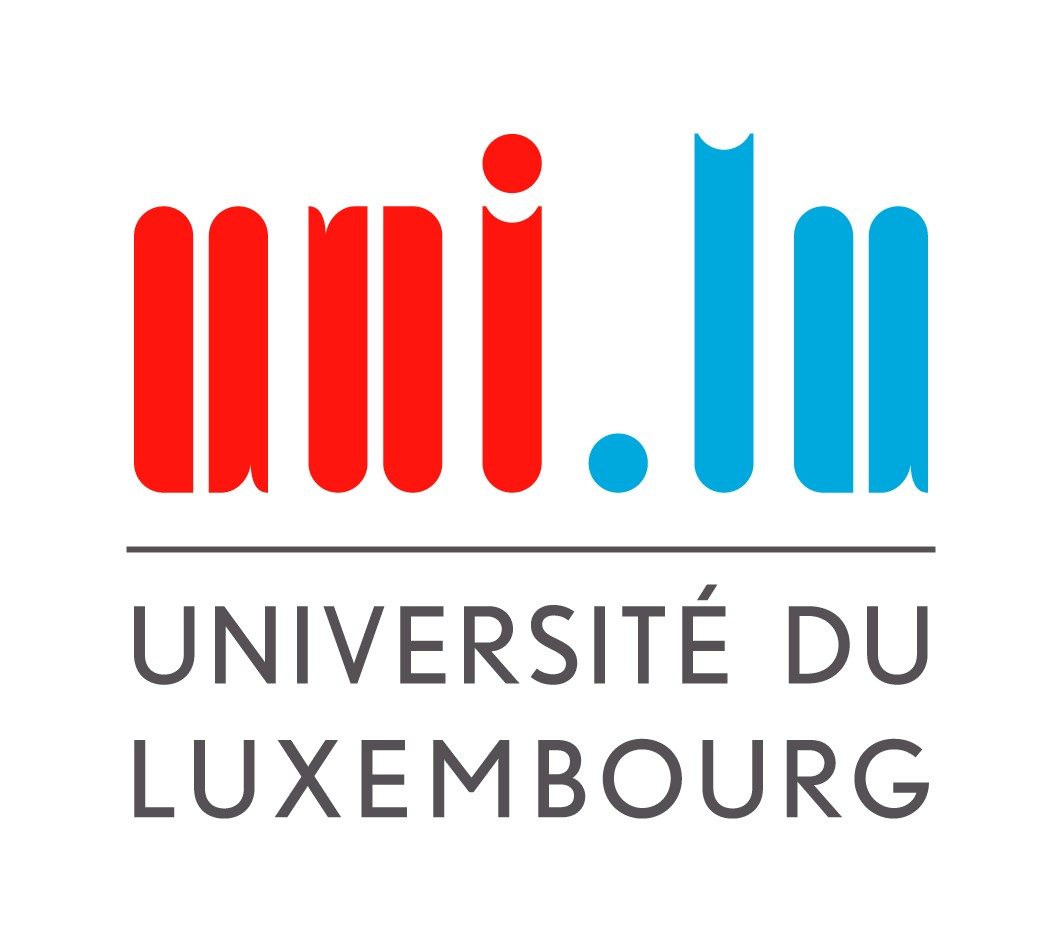Luxembourg, among the world’s smallest but also wealthiest countries, lies in the heart of Western Europe. Bordered by Belgium, France, and Germany and historically known for its strategic position as the “Gibraltar of the North,” Luxembourg is today one of the European Union’s three capital cities. Luxembourg sits at the crossroads between Europe’s Germanic and Francophone language communities. The Grand Duchy’s inhabitants and their many languages – the national language Luxemburgish as well as German and French as languages of administration and of everyday living – reflect the country’s close historical relations with its neighbors and remarkable migratory flows that have resulted in an ethnically hyper-diverse and multilingual population. Reflecting this cultural diversity, the educational system emphasizes language learning, with Luxemburgish learned in preschool; German the focus throughout primary schooling and in secondary technical-vocational education; and French emphasized in secondary academic-oriented schooling. Compulsory schooling age lasts from 4 to 16. The educational system provides a range of primary and secondary schools, mainly run by government but with some maintained by religious bodies. Home schooling is possible, but rare. At the tertiary level, the national flagship University of Luxembourg (UL), building upon the legacies of several postsecondary training institutes, was founded in 2003 according to three principles: internationality, multilingualism, and interdisciplinarity. Beyond this research university, more applied postsecondary organizations offer a range of courses of study. Today, tertiary attainment for 25 to 34 year-olds, more than half of each cohort, is among the highest across OECD countries.
Proposition de citation
Powell, J., Limbach-Reich, A. & Brendel, M. (2017). Grand Duchy of Luxembourg. In M. L. Wehmeyer & J. R. Patton (Hrsg.), The Praeger international handbook of special education: Volume 2: Europe (S. 296–309). ABC-CLIO.


